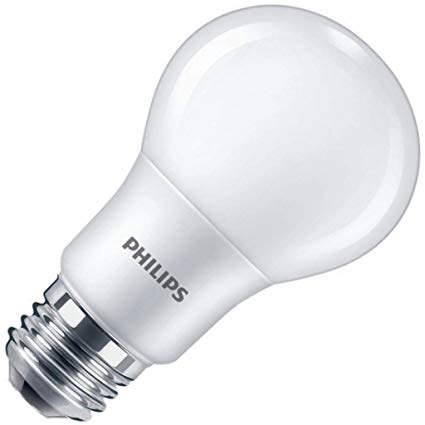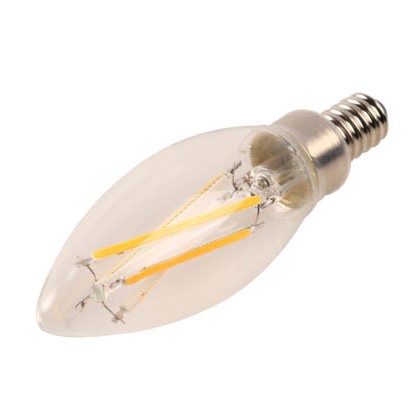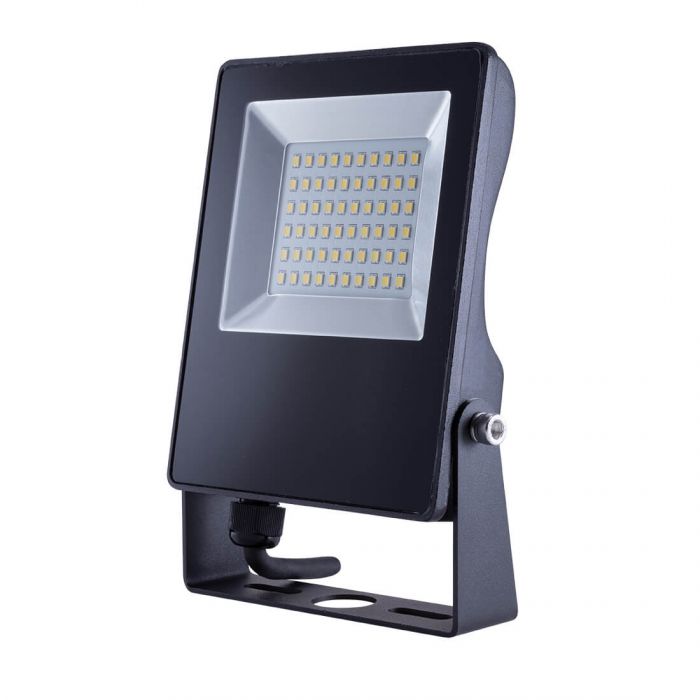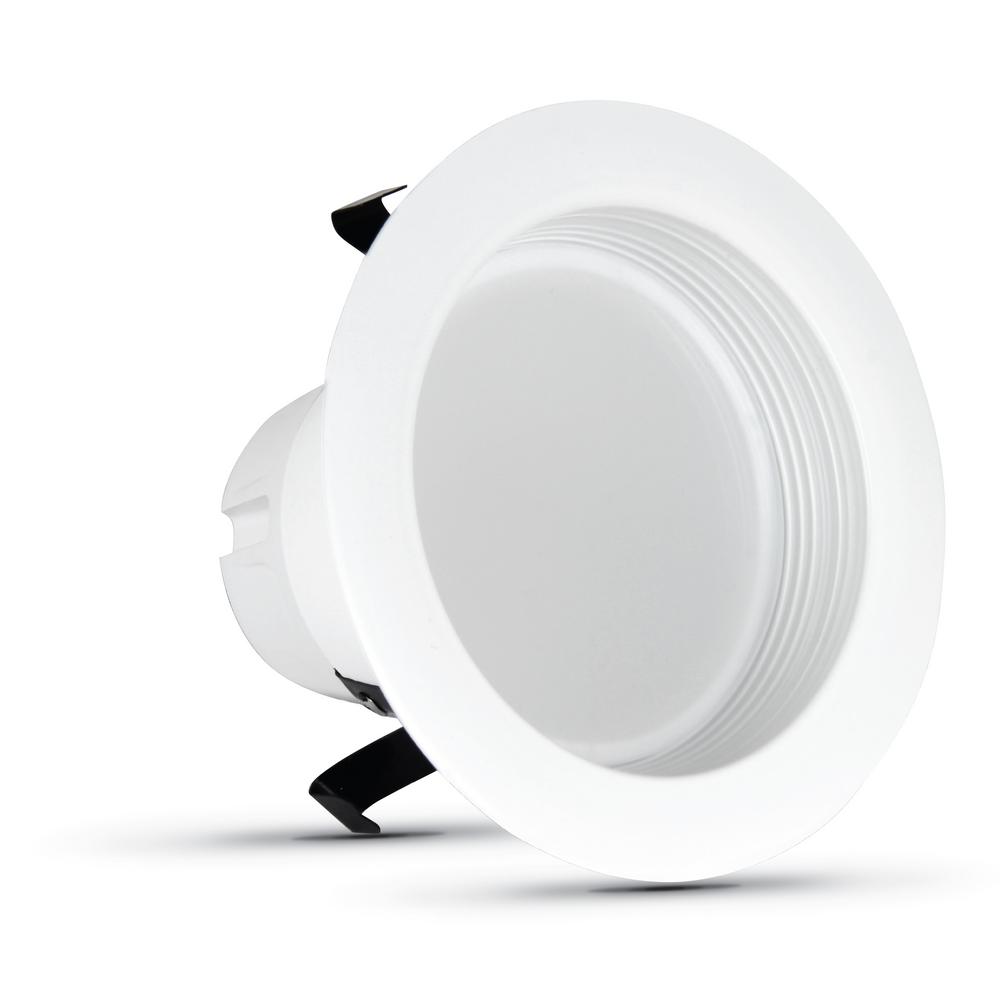
Since the invention of the light bulb, home lighting has evolved to become efficient, affordable, and practical. After inventing the light bulb, Thomas Edison promised the world that electricity would become cheap in the future, so much so, that only rich people would be burning candles. So far, the promise has been fulfilled to a certain extent with the presence of LEDs. These lights have significantly reduced the costs of lighting when you compare them to traditional lamps used in the past.

Despite that, electricity bills consume a major portion of a family’s monthly budget. Families in America pay close to $230 billion for electricity expenses every year. For this reason, people are slowly switching to energy efficient LED lamps, as they are an excellent way of reducing the use of energy along with the reduction of greenhouse gas emissions. People who have been using LED lamps for a while also claim that it is remarkably more comforting than traditional lamps.

Let us look at a few benefits of LED lights in comparison to traditional lighting:
Let us walk through some of the biggest reasons why you should consider upgrading to LED lights if you happen to be a property manager or a homeowner.
LEDs Are Low Maintenance
Because these lights last for a long period, users do not face the hassle of changing and buying new bulbs all the time. In comparison to LED bulbs, incandescent bulbs are remarkably less efficient, and their service life is quite short as well. Therefore, you will have to change a lot of them for achieving a single LED’s life, which means, a higher cost of maintenance.
Oppositely, LEDs, especially the modern ones, do not fail unexpectedly or burn out. At most, they lose a bit of their brightness.
LED Bulbs Last Longer
People love LED lights for their long lasting features. LED bulbs from top manufacturers can last for more than ten years. The incredibly long lifespan also means that it will leave positive effect on the environment. Contrary to traditional lighting sources that tend to fail when the conditions are extreme, modern LED fixtures are durable and can resist shocks, drops, rain, wind, subzero temperatures, and even vibration. Their durability and robust design are major contributors toward their long lifespan. In addition, LEDs also have accurate electric power supplies and heat diffusers that prevent overheating issues.
The lifespan of bulbs depends upon operating schedules and product quality. However, for applications that are similar, LED lamps can last significantly longer than other lighting types.
LED Lighting has Excellent Cost Saving and Energy Efficiency Potential
As discussed earlier, LEDs are quite energy efficient. When you replace an old fluorescent, halogen, or incandescent lamp with an LED, you can expect huge energy savings. The technological innovations of modern times have made it possible for LEDs to generate light without warm up time. Plus, they also operate with minimal electric current and voltage. Incandescent lights, on the other hand, convert more than 90 percent of power into heat, while 10 percent into light. This results in extra money spent for wasted energy.
Contrary to the older lights that tend to scatter in different directions, LEDs radiate light in specific directions. Furthermore, directional light emissions make LEDs a versatile source that has multiple applications. Task lighting, accent lighting, spotlights, and down lights are just some of the examples for office and home decorations. You will also notice that LEDs emit 10 times more light than traditional lighting types. The LED products of today have brought a major shift to the labeling of lighting products.
Installing LEDs is Much Safer
Earlier, one of the biggest challenges in using LED lighting was its installation process. While this was true for old LED lights, installing modern ones is quite simple. All you have to do to install modern LED lamps is just fit them into light bulb sockets. Most LEDs these days are compatible with all main voltage systems, which is why you do not require a transformer for your LED light to work properly.
As mentioned earlier, most LED lights these days operate at low temperature. This reduces the risk of starting a fire or getting injured with burns, making LED lights safer for using as well as installing. You can change them without any professional assistance. However, it would be advisable not to approach the situation carelessly; working with professional electricians will guard you from any unforeseen accidents.
LED Lights Are Inexpensive in the Long Run
A few years back, LED lights used to be quite expensive. However, these energy efficient bulbs are significantly cheaper today. Not only that, they also save you a lot of money in the long run due to their energy efficiency. Think of these lights as a long-term investment. They last long and require minimal electricity to operate.
Heat Gain Reduction
When you are considering different ways for saving your house or business’ electricity, make sure that the lighting upgrades happen in the early parts of the process. This is because well designed LED lights have lower operating temperatures, which play a vital role in the reduction of heat gain. This helps to reduce costs related for cooling the structures and areas.
One the 1st January of 2019, SDDLs (small diameter directional lamps) state regulated LED lamps, GSLs (general service lamps) that were developed during or after 1st January 2017 were required to match the marking, tests, and performance requirements of the appliance efficiency regulations of California in section 1601 to 1608 (Title 20). The compliance also stated that every mandated product must have certification to the Energy Commission of California.
All of the certified products would be visible on the commission’s database system. The database is available publically and lists every regulated product that people can legally sell in California.
Title 20’s requirements have created a path that will likely lead to a future where California will be energy efficient through its use of regulated LED lamps. These lamps are easily buyable in the market and offer excellent performance while using very little energy. The best part about it is that as time goes by, the LED lamps continue to grow in their efficiency. There have been rapid improvements with each passing year, so much so that LEDs have easily surpassed the efficacy of CFLs (compact fluorescent lights)
Let us take a closer look at all of the LED lamps regulated in California and their important requirements to comply with the regulations.

SLED also Known as State Regulated Light Emitting Diode Lamp
Here are some SLEDs that the title 20 regulates. The lamp should meet all requirements to comply all the necessary pre-requisites for being considered as SLED.


State-Regulated SDDL also known as State Diameter Directional Lamp
This directional lamp is non-tubular and has a diameter around 2 inches or below. It is capable of operating at 120 volts, twenty four volts, and 12 volts. SDDLS (state regulated) also have some added characteristics like rated life, output of lumen, and base. They also may be LED, halogen, or incandescent. The following are some important criteria that SDDLs must meet.
State Regulated GSL also Known as General Service Lamp
GSLs Tier 1 requirements have been there since 2011. The Tier 2 requirements became effective on the 1st of January in 2018. All lamps that were manufactured during or after the first of Jan 2018 should comply with the Tier 2 requirements.
The GSL regulated IN California shares similarities with the GSL regulated federally present in section 160. It includes LED lamps, compact fluorescent lamps, and general service incandescent lamps. Furthermore, GSLs should also have equal or greater than 80 CRI for spectrum lamps that are non-modified. For spectrum lamps (modified), the CRI should be 75. LED GSL should go through tests according to the requirements present in section 1604 k. They should also be certified by the Commission of Energy. All of the marking, performance, and testing requirements for the GSLS are present in sections 1607, 1605.3 and 1604 of title 20 respectively.


It is important to keep in mind that despite a product meeting all of the set standards and requirements that are mentioned in the section 20, offering or selling it is considered to be illegal if the model does not have the certification with the Energy Commission.

Are LED lamps covered in Title 20 if they are used just for specific applications?
Requirements for SDDLs and SLEDs are separate from end of use application. They are only based on the characteristics of the lamp. If a lamp falls under the SDDLS or SLED definition, it will be covered in Section 1602 k of title 20.
Are lamps that come with ceiling fan kits covered in Title 20?
Any light kits that come with ceiling fans are subject to the federal design and energy standards. For instance, if a lamp (LED) is packed with ceiling fan kit, it does not meet the SLED requirements of title 20.
That being said, ceiling fan light kits should still have the energy commission certification. Moreover, they should also be present in MAEDBS if a vendor or company needs to sell it in California.
Do out of state retailers have to follow Title 20 regulations for selling products in California through mail or online order sales?
Yes, all lighting product sold by mail or online from retailers that are out of state should meet the requirements present in Title 20 as the end user or receiver will be from the State of California. All of the product models should be present on MAEDBS for being sold legally in California.
Is it important to have ten thousand testing hours for complying with SLED pre requisites for a rated life?
The test duration required is present in section 4.6 that clearly states time to failure and calculate lumen maintenance for LED testing procedures.
If you are considering upgrading your home or office lighting, go for LED lights. Besides the advantages mentioned above, there are tons of other reasons to have them. Most LED lights of today are dimmable as well. These lights come with dimmers that give you the option of adjusting the light’s output, allowing you to save even more money on energy. Also, some LED lights are compatible with existing smart home systems and mobile devices. In a nutshell, these lights are extraordinarily efficient, safe, cheap, convenient, and they easily fulfill most of the requirements that people have from their lights.